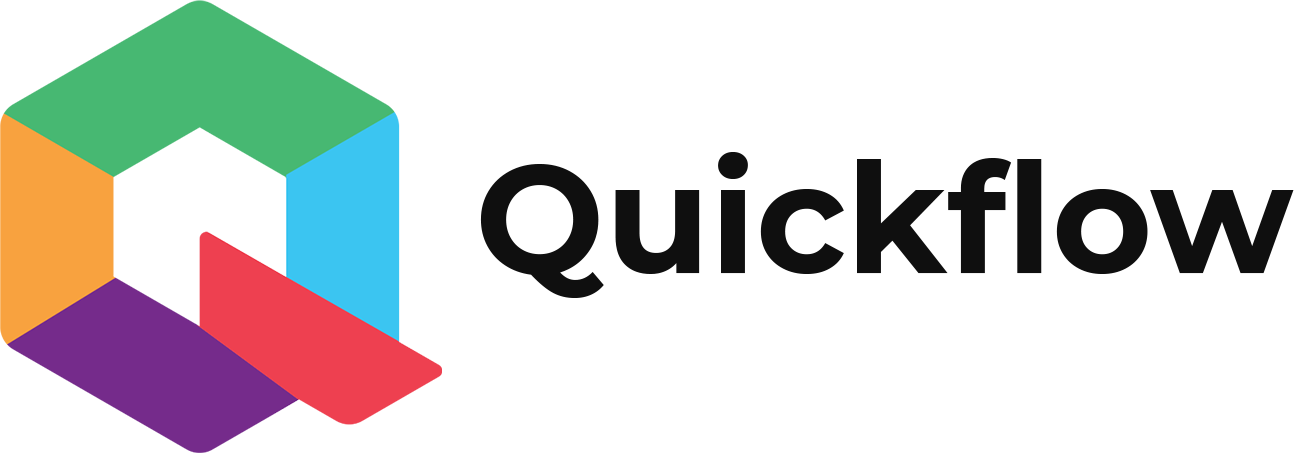QuickFlow LIMS
Laboratory Information
Management System
Quickflow eSheet
Calculation Sheet
Quickflow QMS
Quality Management
System
Quickflow DMS
Document Management
System
Laboratory Information
Management System
Calculation Sheet
Quality Management
System
Document Management
System
Warehouse Management
System
Annual Product Quality Review
Alarm Trending Management System
Batch Manufacturing Record
Loose Sheet Management
System
LogBook Management
System
Electronic Lab Notebook
Automate QC Planning
System
User Access Management
System
Quality Control Management System Full Monitoring System
Scientific Raw data management from Standalone Instruments
Laboratory Information
Management System
Calculation Sheet
Quality Management
System
Document Management
System
Warehouse Management
System
Annual Product Quality Review
Alarm Trending Management System
Batch Manufacturing Record
Loose Sheet Management
System
LogBook Management
System
Electronic Lab Notebook
Automate QC Planning
System
User Access Management
System
Quality Control Management System Full Monitoring System
Scientific Raw data management from Standalone Instruments
Low-code technology is making significant strides in the healthcare industry, revolutionizing the way healthcare organizations develop and deploy applications. With low-code platforms, healthcare professionals and IT teams can rapidly build and customize software solutions without extensive coding knowledge or expertise. This technology empowers healthcare providers to streamline processes, improve patient care, and enhance operational efficiency.
By reducing the reliance on traditional software development methods, low-code technology empowers healthcare organizations to innovate and adapt to the evolving needs of the industry in a more agile and cost-effective manner. According to Gartner, low-code development will be responsible for more than 65% of application activity by 2024.
Pharmacovigilance is the science and activities related to the detection, assessment, understanding, and prevention of adverse effects or any other drug-related problems. The primary goal of pharmacovigilance is to ensure patient safety by identifying and minimizing the risks associated with the use of these products.
Pharmacovigilance activities involve collecting and analyzing data from healthcare professionals, patients, and regulatory authorities regarding adverse drug reactions (ADRs) and other safety concerns. This information is reported to regulatory agencies, such as the FDA, EMA, or national health authorities, to inform regulatory decision-making and take appropriate measures to protect public health.
Pharmacovigilance also includes signal detection, which involves analyzing data to identify potential safety issues or trends related to a specific drug or class of drugs.


The future of pharmacovigilance is expected to be shaped by advancements in technology, evolving regulatory landscapes, and changing healthcare dynamics. AI and automation technologies hold great potential in transforming pharmacovigilance. Machine learning algorithms can be employed to analyze large volumes of structured and unstructured data, including electronic health records, social media, and literature, to identify safety signals and trends more efficiently.
The integration of RWE (REal World Evidence) into pharmacovigilance processes can provide valuable insights into the safety and effectiveness of medications in real-world settings. This can complement traditional clinical trial data and enhance post-marketing surveillance and risk assessment.: The increasing use of digital health technologies, such as mobile health applications, wearables, and telemedicine, presents opportunities for capturing real-time patient-reported data and remote monitoring.
Pharmacogenomics, the study of how genes influence an individual's response to medications, is gaining prominence. Pharmacovigilance will increasingly incorporate genetic information to understand the genetic factors that contribute to variability in drug response and identify patients at higher risk of adverse reactions. This personalized approach can lead to targeted monitoring, improved patient outcomes

